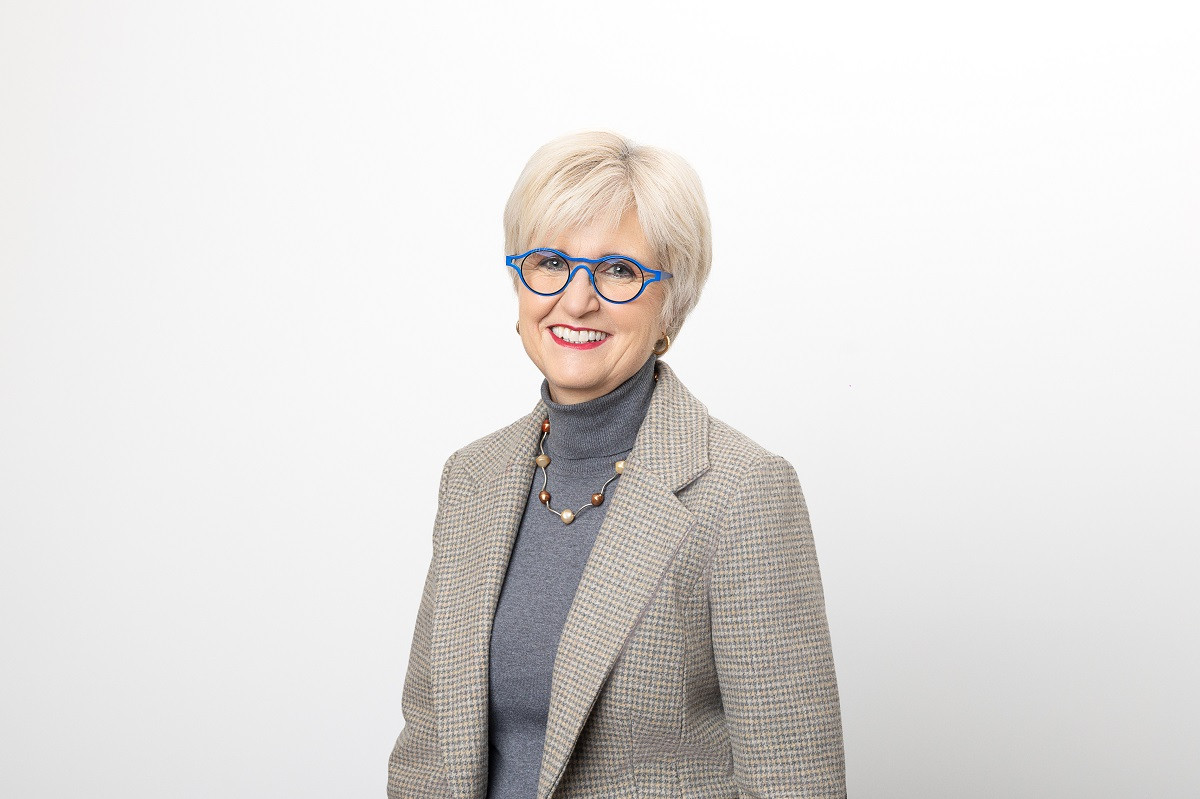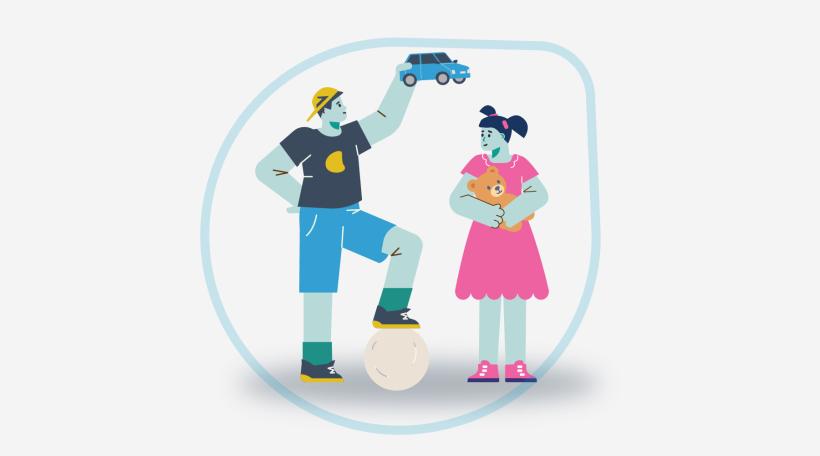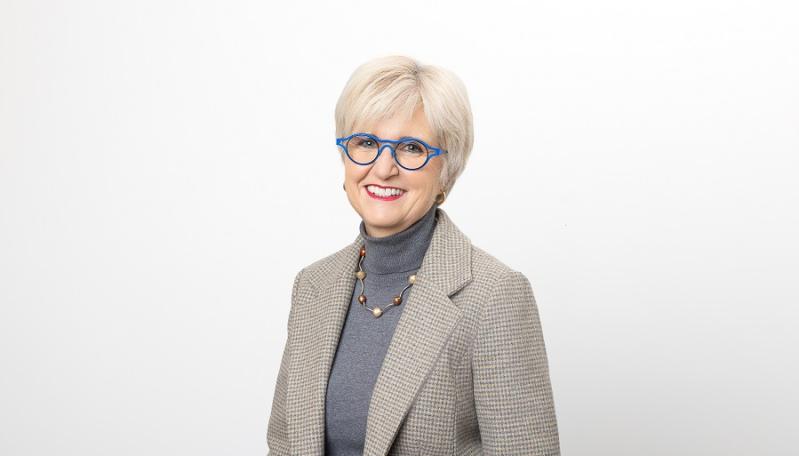In an exchange of views with European Parliament’s EMPL Committee on 11 November 2025, Director Carlien Scheele shares the results from the 2nd wave of EIGE’s CARE survey

Dear Chair, members of the committee and colleagues, thank you for this opportunity to speak here today.
I am delighted to bring my Agency’s evidence on work-life balance to serve as a basis for your exchange of views.
A quick question to get us started.
A quiet morning with a relaxed breakfast?
Rushing to get the children ready for school?
If you share your life with a partner, was your morning load shared equally?
Or did one of you shoulder it more than the other? A very common scenario in homes across Europe...
Behind these busy mornings are stories about care – who provides it, who receives it and how we value it.
It is an undisputed truth that care is the backbone of our lives. It’s what allows children to thrive, it’s what ties our communities together and it’s what keeps our economies moving.
thrive, it’s what ties our communities together and it’s what keeps our economies moving.
Historically, however, Europe has viewed care as a woman’s balancing act. To their detriment.
Whether in policies or public discourse – the concept of care has been framed around supporting women to juggle more, sacrifice more, endure more.
And with the adoption of the Work Life Balance Directive in 2019 – we saw a change in the air around care if you like. With its provisions on parental leave, carers’ leave and flexible working arrangements, the Directive shifted the concept of care from singular to shared.
A shared right and experience between women and men.
The results of the 2nd wave from my Agency’s CARE survey, which looks at gender gaps in unpaid care, individual and social activities reveal multiple realities in the EU – will confirm
what you already know to be true – some results will enlighten you, and others will dishearten you.
When it comes to the intensity of care – women carry most of the burden.
Although men’s involvement in care is gradually increasing overtime, our survey confirms that: women remain twice as likely as men to provide over 35 hours of childcare each week.
I want to point out two conflicting public attitudes taken from the 2024 Eurobarometer on gender stereotypes.
You have one opinion that ‘taking parental leave is enriching for a father’ shared equally among women and men.
But it comes in conflict with this idea that ‘'the most important role of a woman is to take care of her home and family’ and that ‘family life suffers when the mother has a full-time job’.
What’s the mixed message we are sending men? ‘We want you to care but not to the fullest extent?’
The same can be said about how workplaces are designed around stereotypes and not people.
Rigid schedules, long-hours, ‘flexible’ policies (which feel like asking for a favour…) reaffirm perceptions around the expected roles we play in society as women and men.
Femininity is built around home and care.
Masculinity is tied to paid work and leadership.
A man who takes parental leave risks being seen as lacking ambition according to the Eurobarometer, while a woman returning from leave often finds fewer opportunities and slower career progression - a pattern that directly shapes families’ wellbeing and feeds into wider pressures on care, services and mental health.
Another driving force widening the care gap are services.
Around 1 in 4 respondents report that they have unmet early childhood education and childcare needs.
For reasons related to affordability, waiting lists and unavailability.
And that’s when gender stereotypes swoop in and ‘make the decision’ – because women step in.
An important caveat here: we asked respondents to share their degree of agreeability to the statement: ‘If childcare services are not available, mothers should stay at home with the child and fathers should prioritise their job’ and we discovered that younger generations are not immune to stereotypes.
Younger men (aged 16 to 24) are more likely than older men to believe mothers should stay home when childcare is unavailable.
This should worry us. Because it’s not just an inter-generational divide, it’s intra-generational.
Another point of concern is how caring responsibilities – whether for a five-year-old or an 85-year-old - impact our mental health.
Both women and men providing intense long-term care report higher levels of tension than the general population.
Carers’ leave was introduced to support those looking after older family members or those with long-term health conditions, but it remains hugely underused.
Intense long-term care can stretch us to breaking point, having a profound effect on our mental health.
But how we label it is not the same between women and men.
A tense woman is ‘overwhelmed’. A tense man is ‘not coping’.
While women speak up about their mental health struggles, men are less likely to seek help, because struggling with care is perceived as “unmanly”.
We must challenge this stigma head-on if flexible working and leave rights are to be fully utilised by men.
And this brings me back to the Work-Life Balance Directive itself - and the progress that depends on its full implementation.
Parental leave is a clear example.
The Directive aimed to transform fathers’ involvement through non-transferable leave - but current data on uptake remains patchy and not comparable across Member States.
Where leave is poorly compensated or workplace cultures discourage its use, fathers are still treated as ‘in case of emergency carers’ rather than equal parents.
And flexible work arrangements continue to be seen as a concession for women rather than a strategy for workforce wellbeing.
These realities tell us one thing:
Rights on paper are not enough.
To change behaviours, we must change conditions.
And that is why we are deepening our evidence base.
In 2019, my Agency produced the first EU-wide estimations of which (potential) parents were eligible for parental leave, as part of the Gender Equality Index’s thematic focus on work-life balance.
Since then, the Work-Life Balance Directive has reshaped leave policies - especially non-transferable leave for fathers - to support more equal sharing of care. Six years on, it is time to assess how these reforms are working.
The 2026 Gender Equality Index will therefore provide a comprehensive analysis of parental leave systems across the EU – looking at eligibility, design, and how they integrate with childcare services - with a special focus on which measures truly boost fathers’ uptake.
And with our evidence, Europe has the potential for a new and more robust care model, truly fit for purpose.
But colleagues, policies alone won’t cut it. We have to ensure rights are usable – and that norms, expectations and workplaces evolve alongside them.
We must make sure that fathers feel welcome at the school gates, that mothers have careers which reflect their talent – not their caregiving load.
The day we reach gender equality in care; will be the day we stop defaulting the concept of care to mothers. Instead, care will be a free and supported choice available to everyone.
It’s time we stop asking women to juggle and start asking for a rebalance.
Competitiveness and care are deeply connected.
Because when care is shared, families thrive more, productivity increases and our economies are stronger.
This is the Europe the Work-Life Balance Directive envisioned.
Let’s make it happen.
Thank you.




